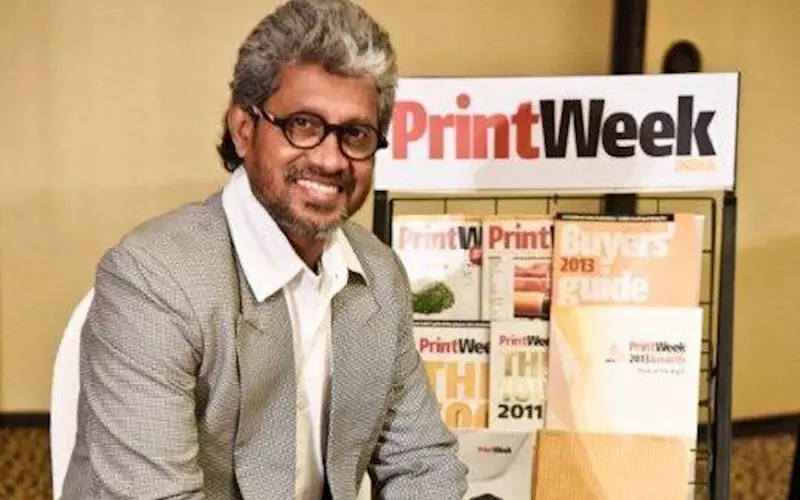How Indian flexible firms are packagifying! - The Noel D'Cunha Sunday Column
Conversations about stats are interesting. Today Uflex dominates the flexible packaging market due to its ability of converting more than 8000 tonnes of laminates per month.
17 Oct 2014 | By Noel D'Cunha
The converter with plants in Jammu and Noida caters to the tobacco industry and MNCs in equal measure. It has a raft of European machines capable of converting 300-400 tonnes. In comparison, the Indian players like Pelican, Expert, Kohli, CP Trivedi convert 50 tonnes on an average.
The other big daddy in the flexible packaging segment is Huhtamaki Paper Products with plants in Thane, Silvassa, Hyderabad and Rudrapur. Recently, there was a presentation at the AGM of AIPIMA in which the number converted was pegged at 3000 tonnes per month. Post the alliance with Positive Packaging who convert 2700 tonnes per month, it would make the new entity compete for pole position with a combined strength of 6000 tonnes per month. Plus there are the 15 narrow web flexo lines of Webtech.
In addition to the top two big daddies and ITC, Essel Propack forayed into the segment in 2006 when it took over Packaging India. This ensures Essel could convert 1200 tonnes of speciality packaging materials. Essel continued to add capacity with plants in China and Mexico by 2010; and then Goa in 2011.
Shubash Chandra, the chairman of Essel Propack explains, how the global player in laminated and plastic tubes, has “active manufacturing and marketing presence in 11 countries through its direct and step down subsidiaries, joint ventures and associates.” During the year, two new wholly-owned subsidiaries, that is, EP Lamitubes and EP Lamipack were incorporated.
He adds, “India accounts for 31% of Essel’s consolidated sales and is a key market where Essel enjoys a massive franchise having pioneered the laminated tubes three decades ago.”
Other players who are moving up the value chain in specialty packaging are: Srinath Rotopac in Hyderabad, which convert 2000 tonnes. Then there are the players in Daman who cater to the 2500 tonnes in the milk and oil segment. They are: IDMC and Glory (Amul is a top client) as well as Esha.
All this means, global leaders like Amcor with USD 9.5bn took over Uniglobe in 2012 in order to tap this market. Amcor’s customers include the world’s largest food, beverage and pharmaceutical companies. Constantia made its opening gambit with Parikh Packaging.
We have a steady flow of investment in the folding box and flexo segments. Parksons Packaging, Pragati, Canpac Trends, Zircon, Red Packaging, Akshar Graphics, Creative Graphics have invested in machinery or are in expansion mode. The investments range from Rs 25-cr to Rs 50-cr.
The safest way to understand what is going on in the industry is to seek opinion of those providing services to the print industry. I was seated with two of the biggest pre-press houses that cater to gravure and label segments – Shilp Gravure and Creative Graphics – during the PrintWeek India Awards Night.
Both Shilp and Creative were upbeat about the growth prospects of the packaging and label segments, but cautioned that there is a weakness. They have been operating at the same cost for the last few years, even while their overheads have been rising. This is putting pressure on their margins. It’s an alarming revelation.
My guess is, the scene may not be different for the print packagers too. Is this practice of operating on wafer-thin margins temporary or here to stay? Are we not going to change in the way we do business?














 See All
See All